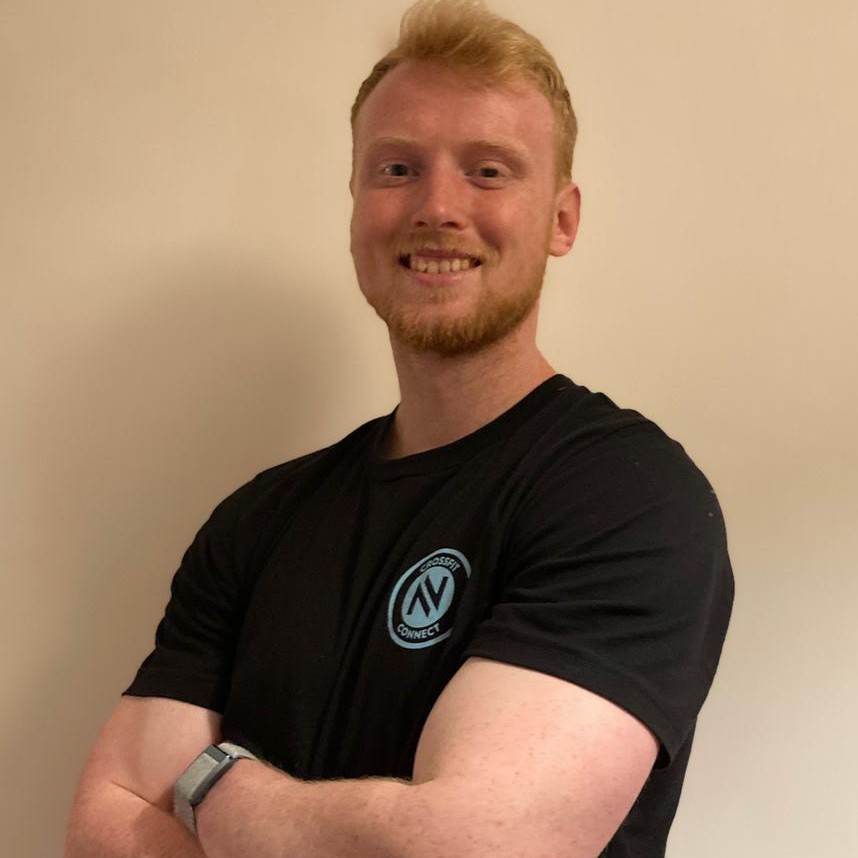Steve Cook Still Does Cardio While Packing On Muscle – Here’s Why
You don’t need to ditch cardio during bulking season. If you have been, rectify that immediately with this session from the former pro bodybuilder

The formula for bulking up is simple enough: hypertrophy-focused lifts and increasing your calorie intake to support muscle growth. At a glance, this sounds like an attractive prospect, and many people throw themselves into it, regularly ravaging the McDonalds menu while making cardio a distant memory; a dirty bulk, if you will.
But we’re here to tell you that you don’t need to ditch cardio when you’re trying to pack on mass. We have a pretty impressive reference point, too: coach, former professional bodybuilder and two-time Mr Olympia top 10 finisher Steve Cook.
“Doing too much cardio while trying to bulk can be counter-intuitive,” Cook writes on the Instagram account of his training app, Fitness Culture. “That being said, I like to add at least three days of cardio, even when my goal is to gain size.”
This doesn’t mean he’s smashing 10K PBs thrice weekly. Instead, he uses a combination of workout styles to ensure he stays fit and mobile without taking away from his muscle-building efforts.
Each week Cook incorporates one bout of low-intensity steady-state training (or LISS), one HIIT workout and one circuit-style session like the one in the video below. Give it a go for yourself, and refer back to Cook’s clip if you need any pointers on form or performance.
A post shared by Fitness Culture App (@fitnessculturetraining)
A photo posted by on
This circuit session involves five rounds of rowing, burpees, planks, skipping and medicine ball slams. These movements put your whole body to work, raising your heart rate and boosting your cardiovascular fitness. You’re never doing any given movement for more than a minute, making this session well suited to anyone who finds steady-state cardio monotonous.
And these aren’t the only reasons Cook likes to include cardio in his bulking routine. He also says these workouts “help recovery by improving blood flow and the rate at which metabolic waste can be removed” and “keep me athletic and able to move”.
Sign up for workout ideas, training advice, reviews of the latest gear and more.
His second session, a HIIT workout, will have similar effects to the circuit workout above. The third is another matter entirely. LISS requires you exercise at a slow and sustained pace, raising your heart rate to a comfortable level and keeping it there. A common yardstick is that you’re able to hold a conversation.
It’s a great way to build a base level of cardiovascular fitness and is much safer than more intense exercise styles. It doesn’t require anywhere near the same amount of recovery time either. Examples of LISS include walking, cycling or spending more than 20 minutes on any exercise machine at a slow, maintainable pace.

Harry covers news, reviews and features for Coach, Fit&Well and Live Science. With over a decade of training experience, he has tried everything from powerlifting to gymnastics, cardio to CrossFit, all in a bid to find fun ways of building a healthy, functional body.
